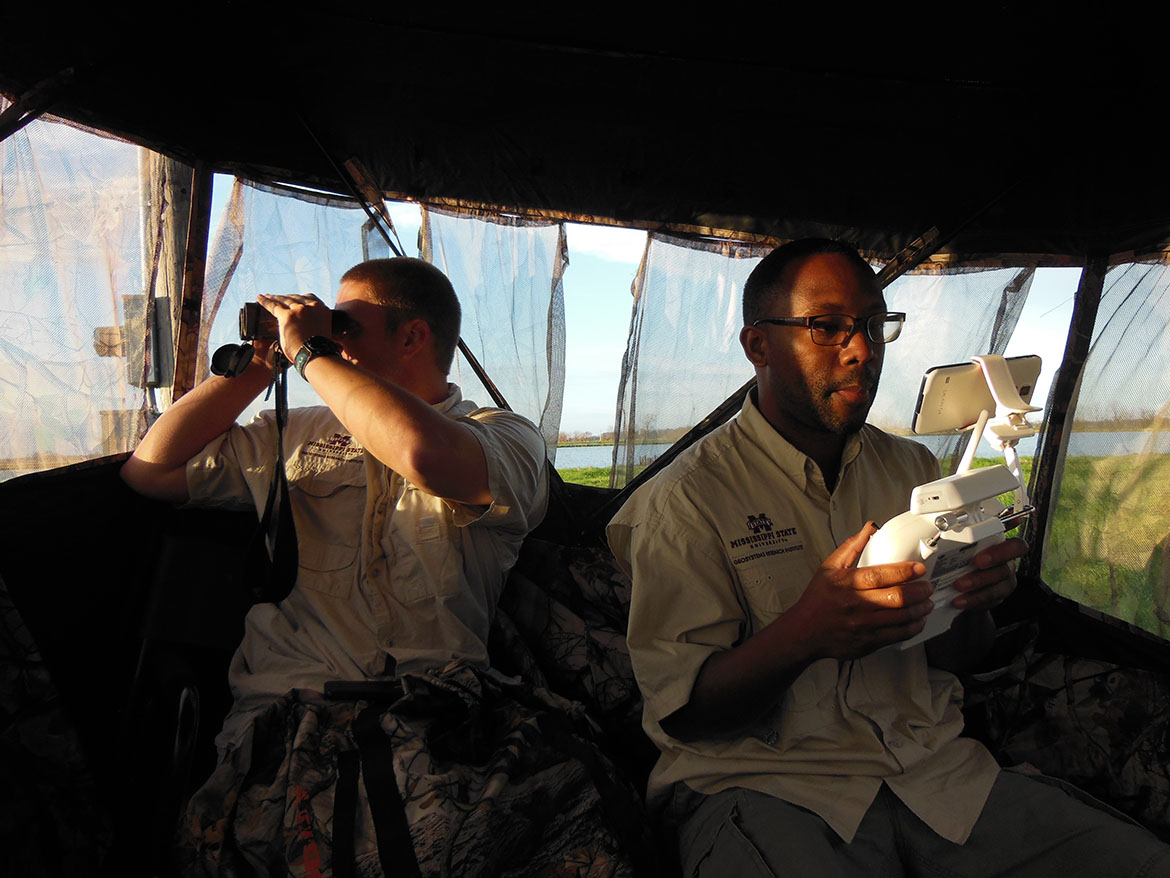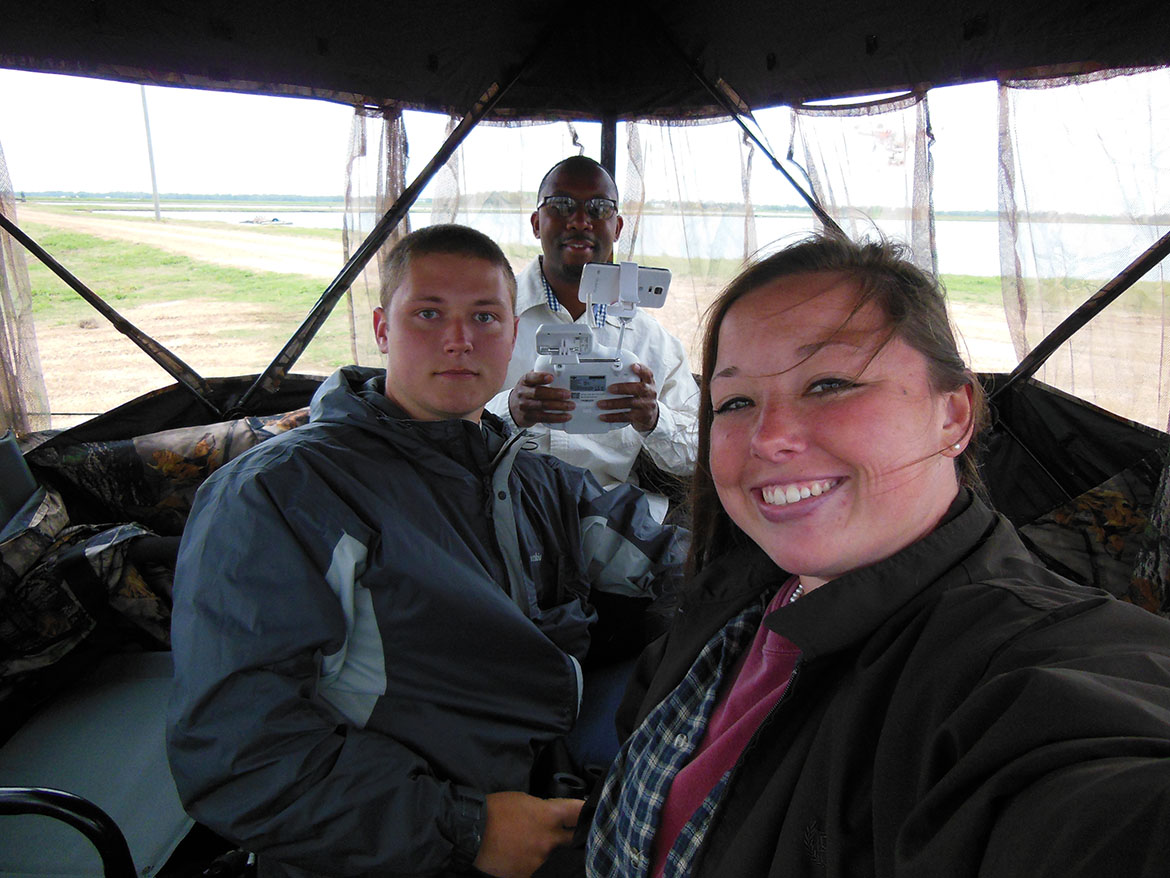GRI Blog
Improving Created Wetland Function with Data from Unmanned Aerial Vehicles
April 22, 2016


Approaches to increase habitat function on newly created marsh often include the removal of barriers to tidal exchange (such as containment dikes) and the excavation of tidal channels to provide variability in habitat and increase land/water edge interface. Typically, the location and specification of these additional habitat features are part of the initial project design and do not consider post-construction site conditions which could be integrated to improve habitat function. By identifying a means to measure minor variability in the elevation of the constructed wetland platform, project managers can connect areas of lower elevation with the excavation of tidal channels. Identifying and connecting existing depressions in the newly created wetland platform can maximize habitat function and minimize the cost of installation of functional features.

Mel Landry III
NOAA Restoration Center
Mapping Sensor Integration for EMILY Unmanned Surface Vehicles
April 22, 2016

The first sensor added to the EMILYS was a single beam sonar, which uses reflected sound waves to measure the distance from the bottom of the USV to the seafloor. These observations are corrected with vehicle pitch, heading, and roll information, collected with an inertial measurement unit, to produce maps of coastal water depth. The second sensor added to the EMILYs was a side scan sonar, which uses obliquely reflected sound waves to produce an image of a swath of the seafloor beneath the USV. Automated processing and georeferencing of the sonar data will be done on a dedicated survey computer and the resulting products will be stored in a ruggedized solid-state drive.
The resulting coastal survey capable EMILY USVs will have to capacity to map coastal habitats and seafloor features with a high degree of resolution, while conducting pre-programed survey missions. This new capability has the potential to result in greater seafloor survey efficiency relative to traditional crewed vessel. Additionally, these EMILYS USVs could be rapidly deployed to location of natural disasters (e.g. , hurricane landfall) in order to survey coastal waters for morphological change and the presence of submerged debris including channel obstructions, which represent hazards to vessel navigation.








Development of a Cost-effective, Efficient Method to Control Fish-eating Bird Abundance at Aquaculture Facilities
April 11, 2016



If you have any questions, contact Ciera Rhodes at car267@msstate.edu.
